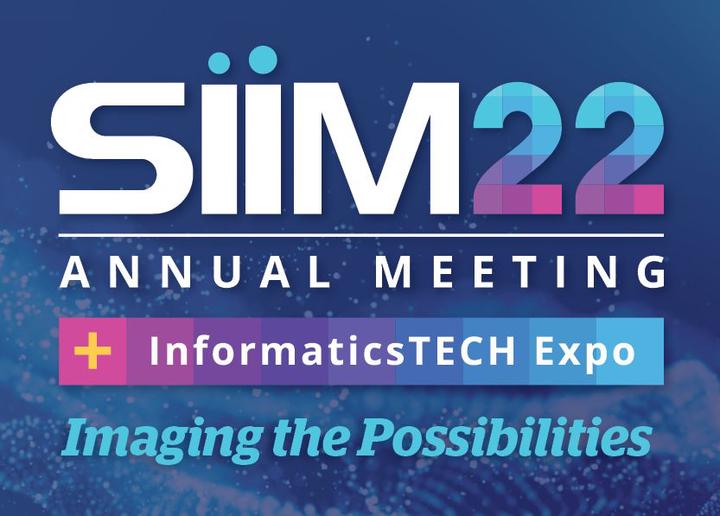Session 2029V: Impact of Digital Pathology and Artificial Intelligence on routine Pathology Practice: To be or Not to be

Abstract
The practice of pathology is rapidly undergoing a transformation in which multiple tools such as digital imaging, advanced artificial intelligence algorithms, and computer-aided diagnostic techniques are being linked with molecular pathology resulting in increased diagnostic power based on the ability of modern-day pathologists to use these new tools and to interpret the data generated by them. Automated whole slide imaging (WSI) scanners are now rendering diagnostic quality, high-resolution images of entire glass slides and combining these images with innovative digital pathology tools that are making it possible to integrate imaging into all aspects of pathology reporting including anatomical, clinical and molecular pathology. The recent approval of a WSI scanner for primary diagnosis by FDA in April 2017 has paved the way for starting to incorporate this exciting technology for use in primary diagnosis. This is an especially exciting time in anatomic pathology, as WSI systems are rapidly becoming an integral component of the pathology practice. Once the slides are digitized, artificial intelligence and computational pathology tools will serve as a platform for innovations and advances in anatomical and clinical pathology in the future. This talk will describe where we are with utilizing these tools for routine pathology practice and what are the possibilities, once fully implemented.
Session Objectives:
- Describe the evolution of and the current state of digital pathology and AI for clinical diagnostics
- Understand the informatics and infrastructure and technology needs to implement digital pathology and AI in the clinical areas and how this is transforming advanced diagnostics
- Explore the future directions of Digital Pathology and AI role for augmenting clinical diagnostics in areas of pathology reporting, image analysis and helper AI tools as decision support mechanisms